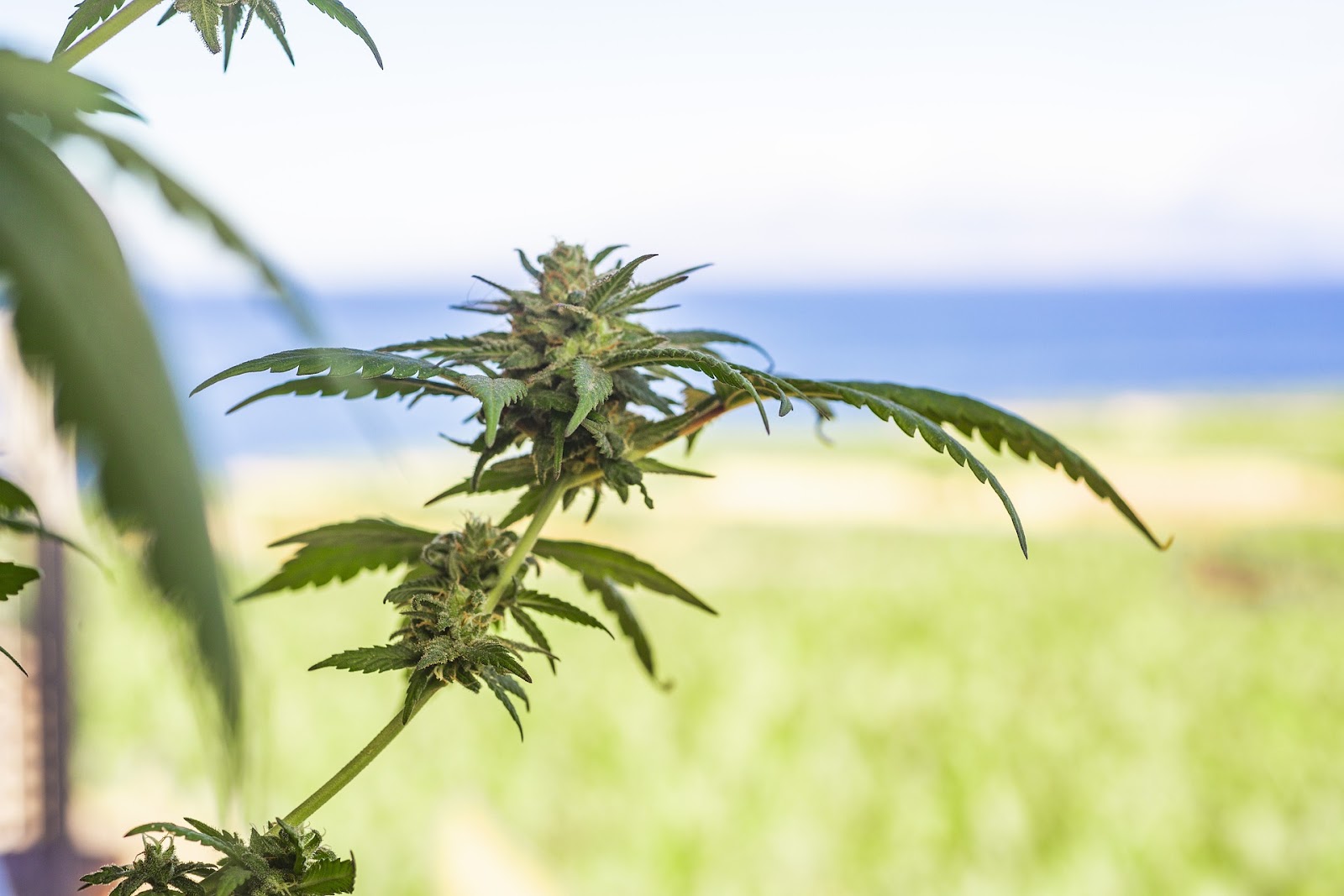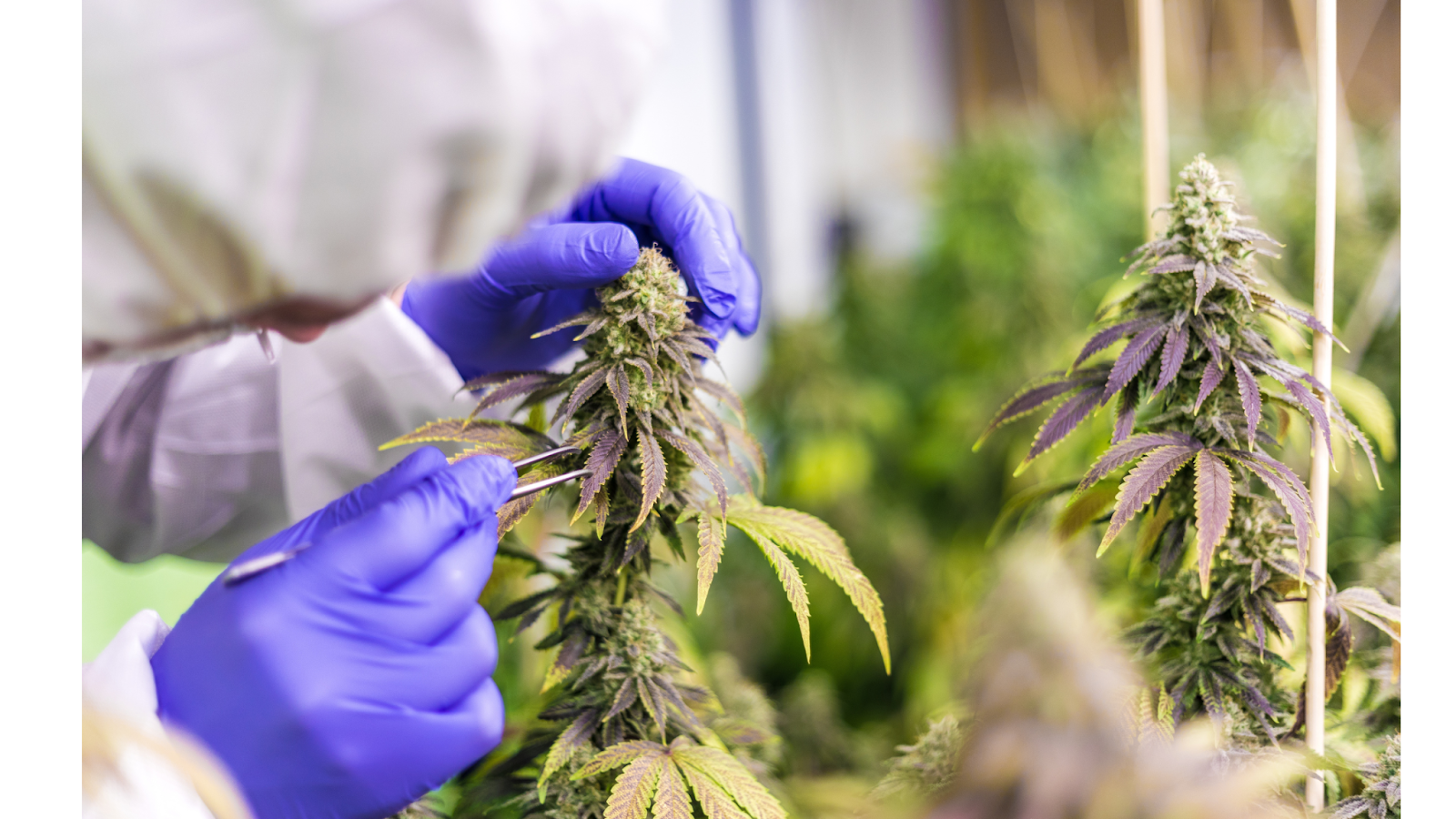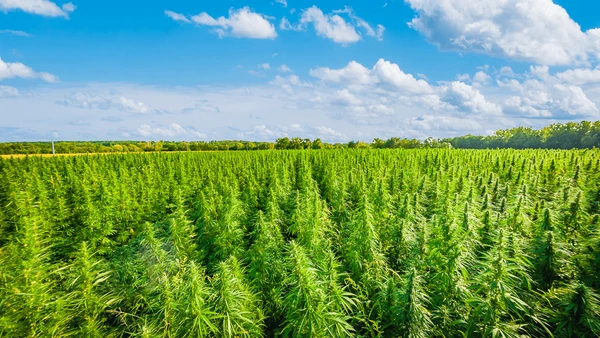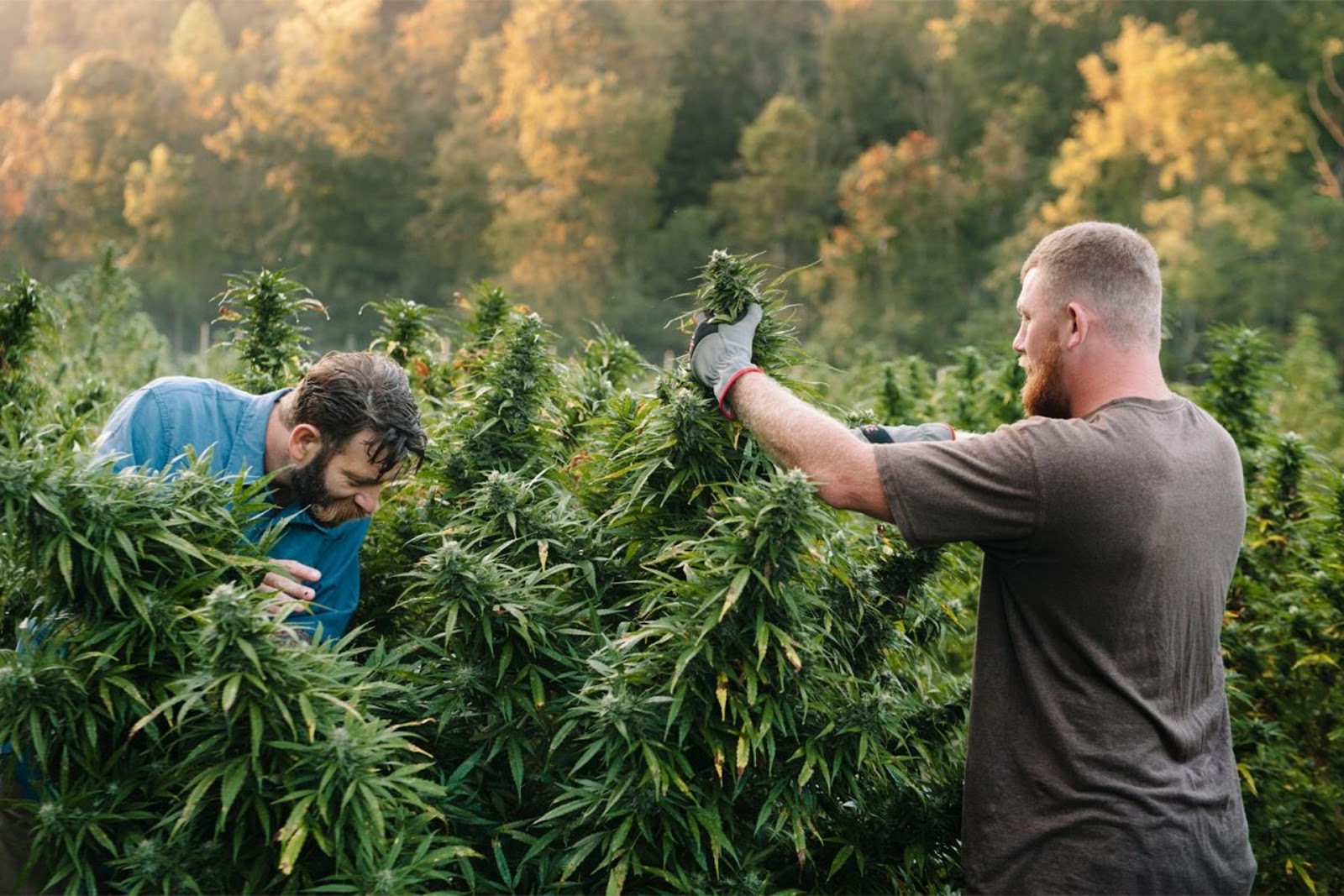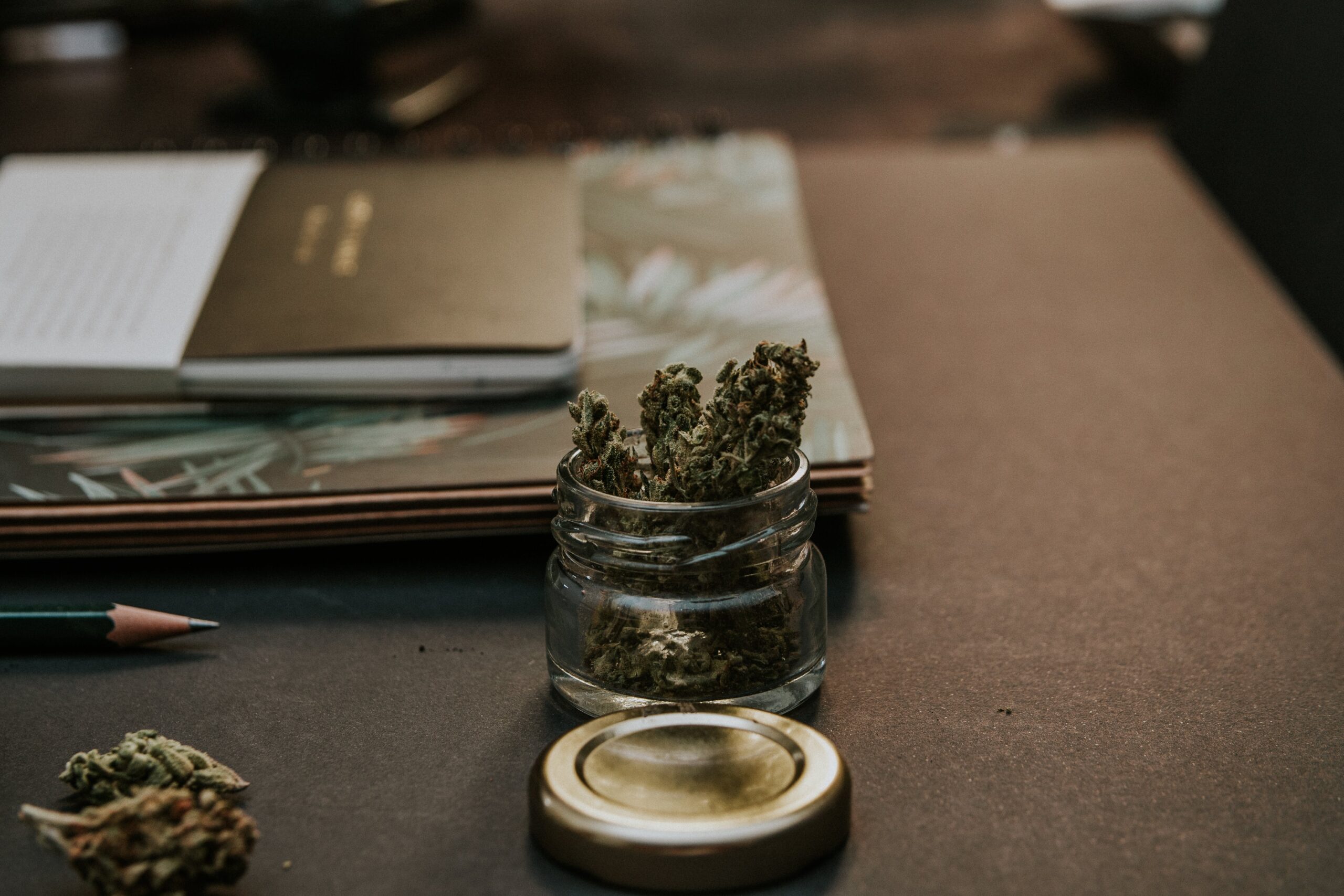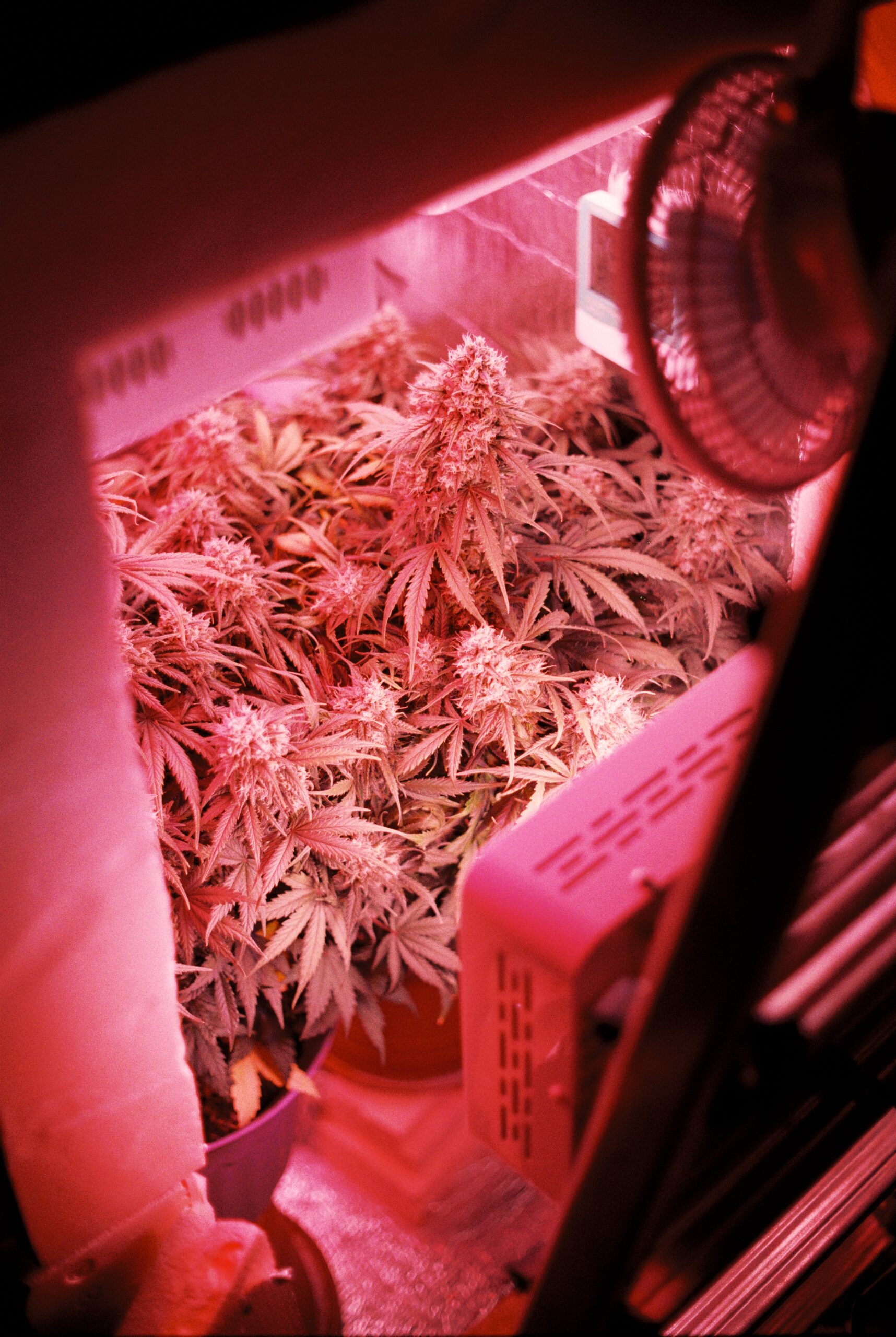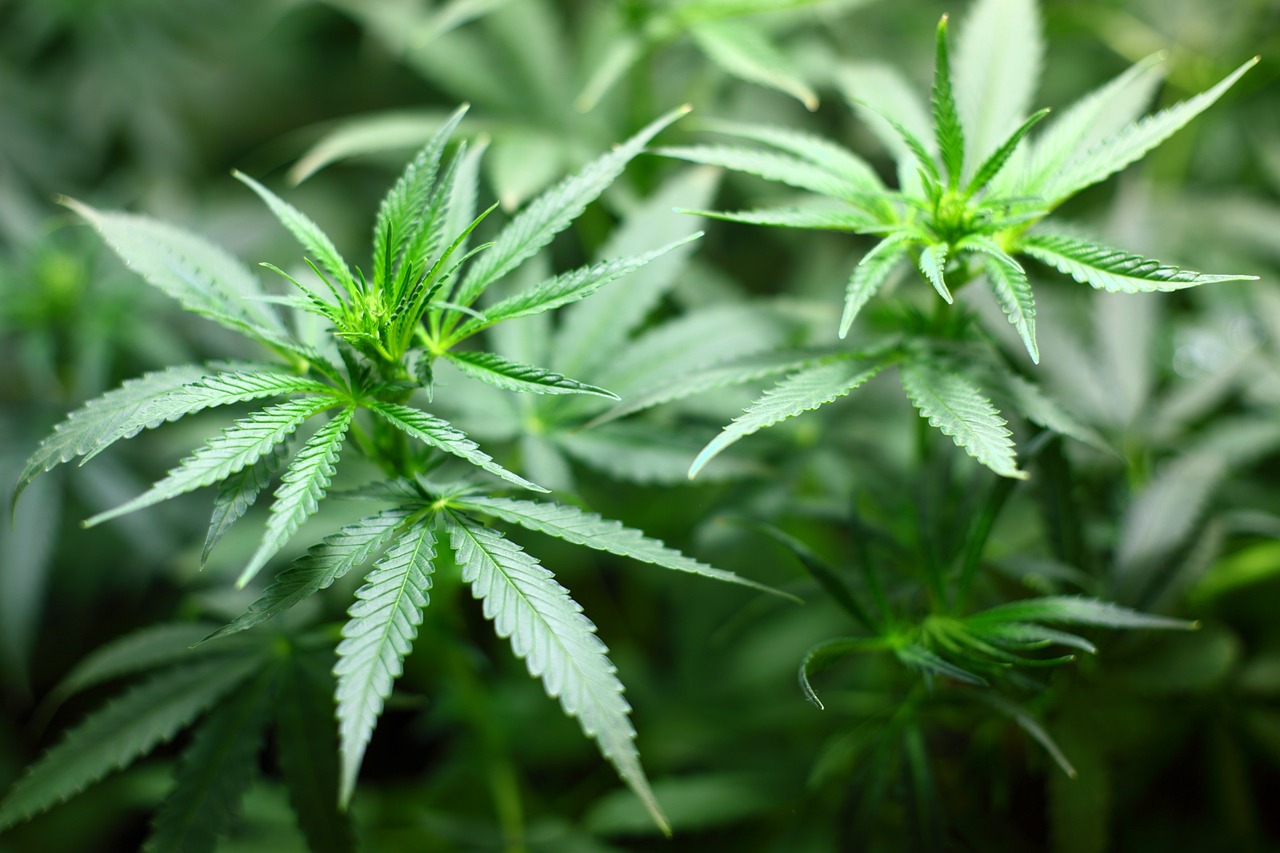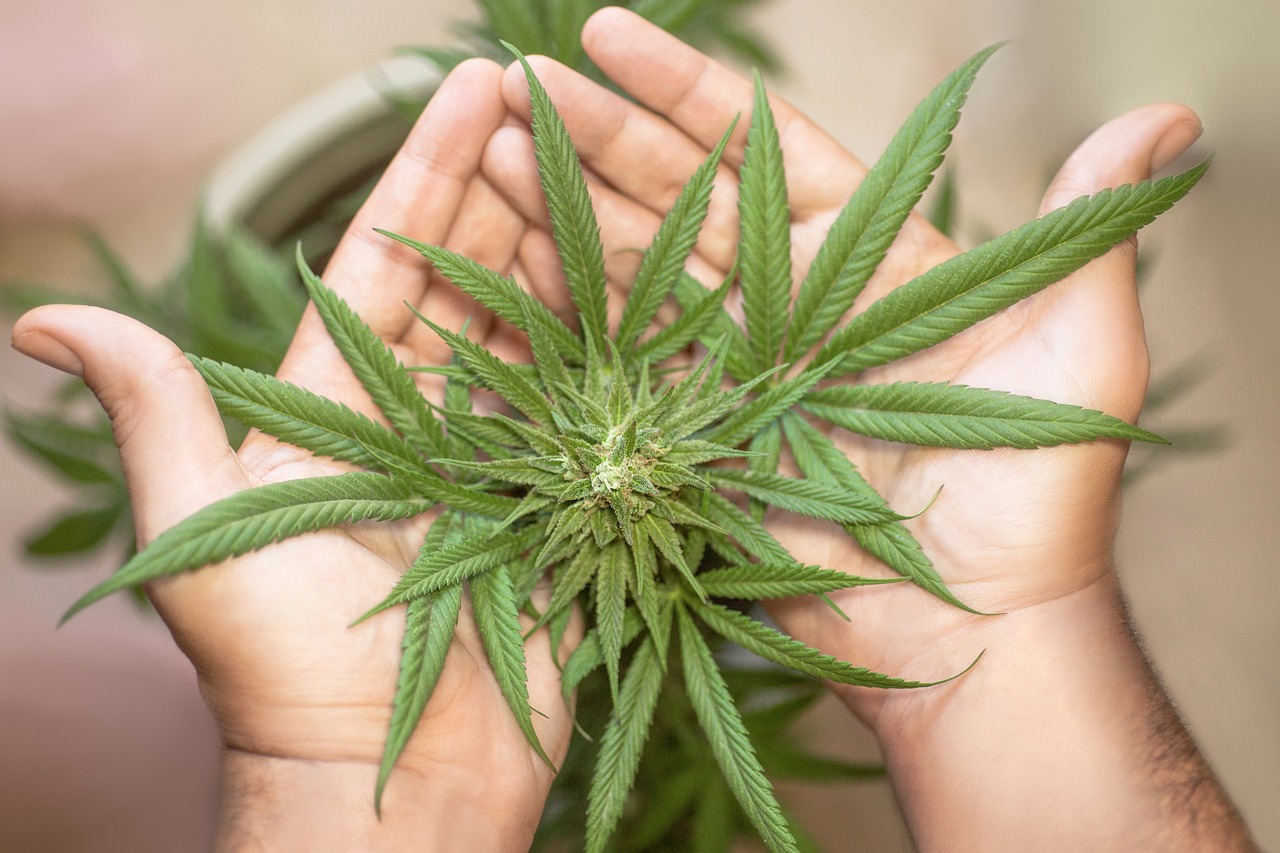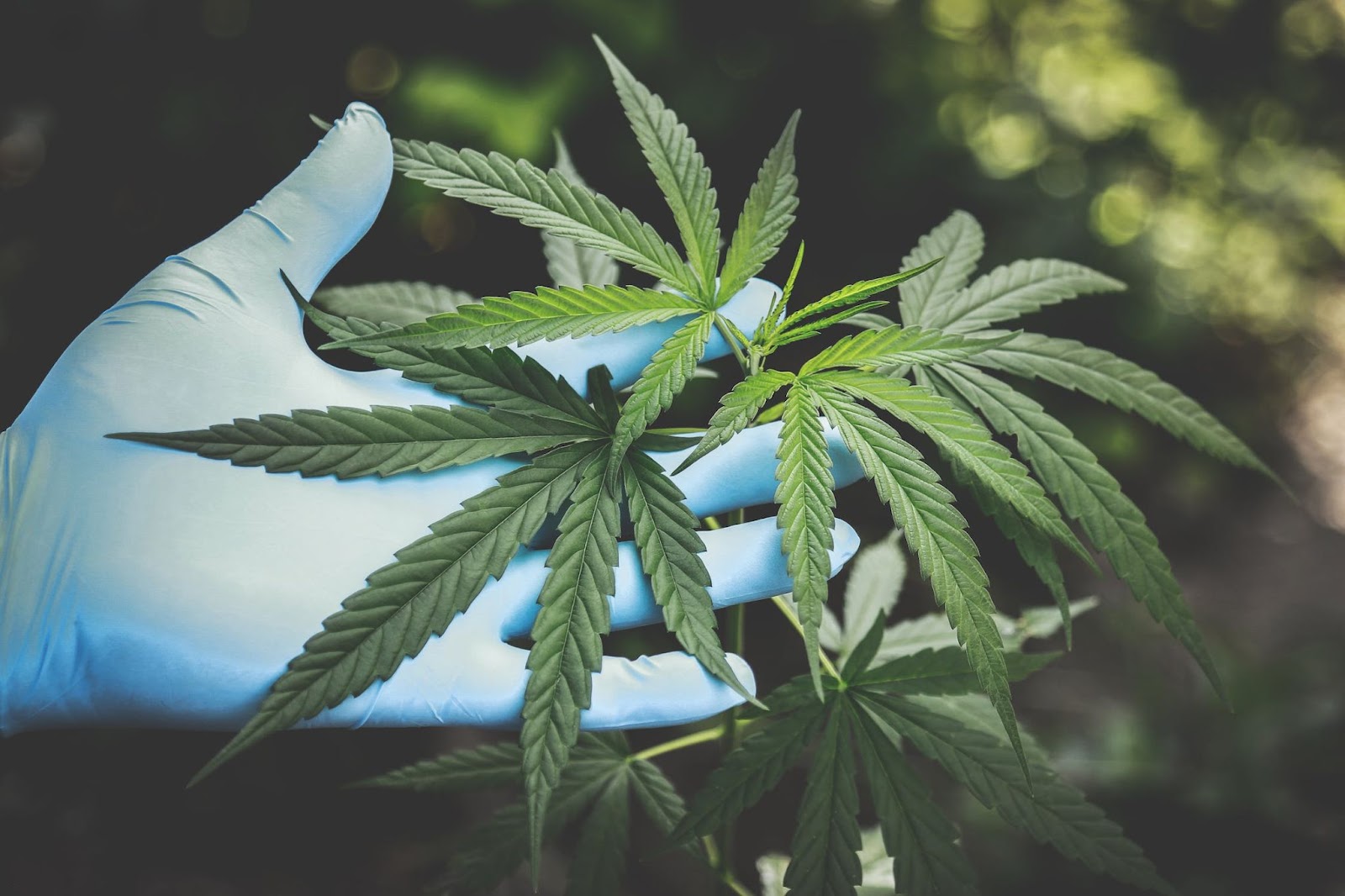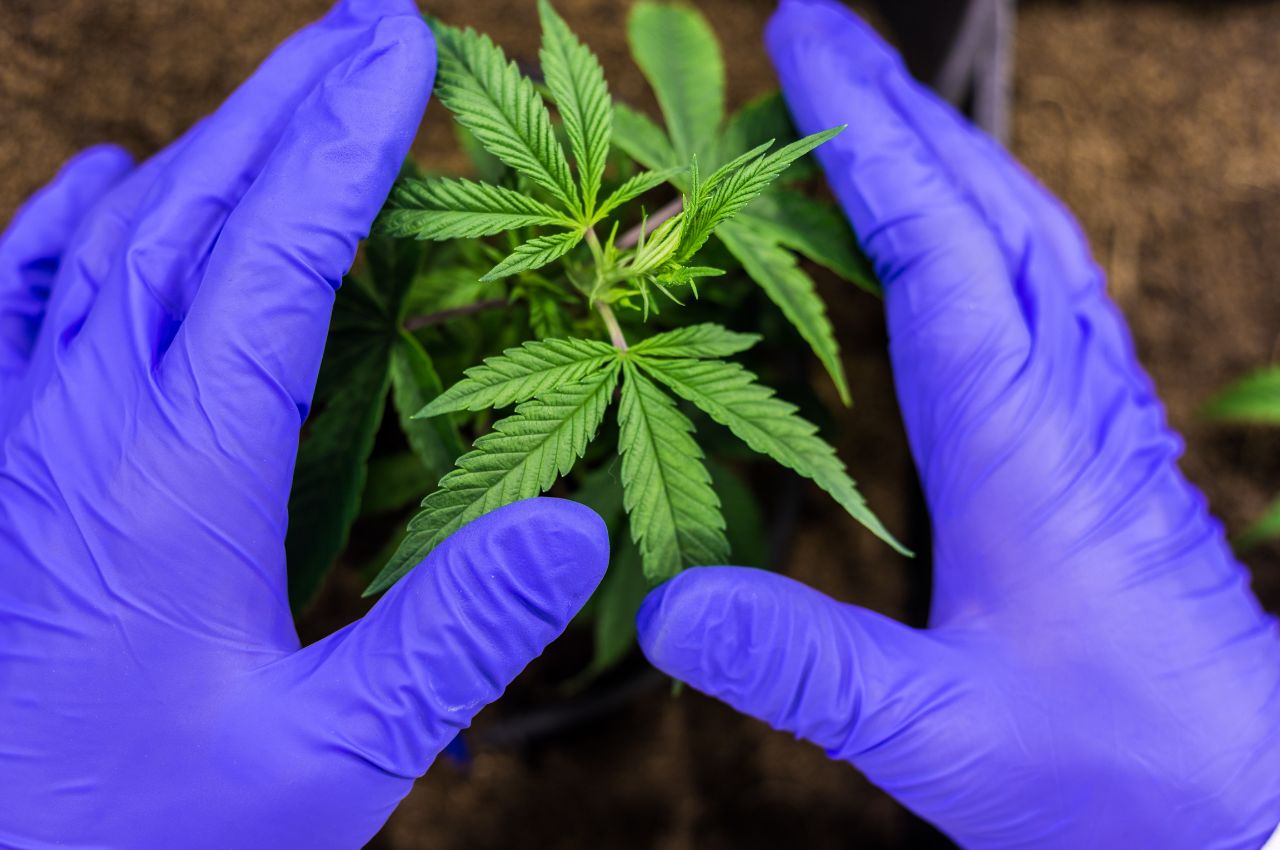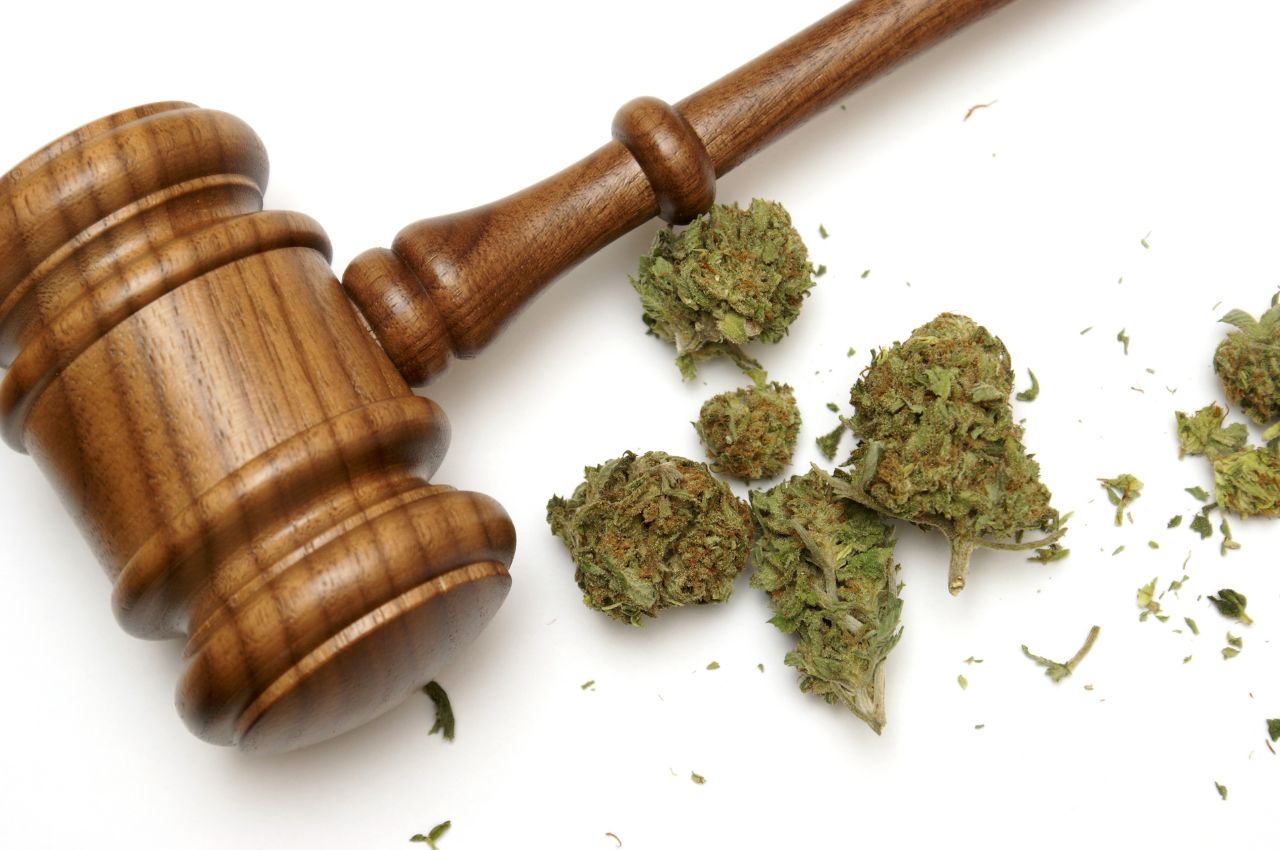Colorado celebrated an achievement on the 1st of January 2024 as it marked ten years since becoming the state in the United States to legalize recreational marijuana for adults. This pivotal decision has had an impact on the state’s economy, and has set an example for drug policy reform nationwide. Additionally, Colorado has experienced changes in its culture and regulations showcasing both the challenges and possibilities that come with marijuana.
Since its legalization, Colorado’s marijuana industry has witnessed remarkable growth. According to reports, dispensaries across the state have collectively sold almost $15.28 billion worth of cannabis products. This boom in sales has contributed to the health of the state’s economy, with recreational marijuana accounting for around $11.78 billion. The revenue from these sales has played a crucial role in bolstering state finances, generating nearly $2.6 billion in tax revenue.
The allocation of the tax revenue has been targeted and impactful. For instance, the Building Excellent Schools Today (BEST) fund, which aids in rebuilding and repairing schools, has received over $580 million from marijuana taxes since 2014. The Colorado State Public School Fund was allocated about $108.5 million from 2017 to 2021. Additionally, local governments have been proactively using these funds for community projects. Pueblo used marijuana revenue for college scholarships, while Aurora and Denver invested in affordable housing services and the development of new recreation centers. These actions demonstrate a focused approach to using marijuana tax revenue for meaningful community development and education.
The success story of Colorado’s marijuana industry is not just about the numbers; it’s also about its evolution and the state’s regulatory landscape. Various brands have thrived by focusing on innovation and developing more precisely dosed products, catering to a growing market that values quality and consistency. The state has also been proactive in refining its laws and implementing regulatory measures to address public health and safety concerns.
Colorado has been a forerunner in advocating for child safety in marijuana policy and emphasizing the need for public education about the potential dangers of marijuana, especially for children. The state’s comprehensive approach to regulating and monitoring the industry serves as a model for other states, balancing economic growth with public welfare. These steps have also been instrumental in setting standards for other states that have followed Colorado’s path in legalizing recreational marijuana.
Nevertheless, the path has been fraught with challenges. In the aftermath of COVID-19, the industry faced a slump with an oversupply of marijuana, leading to a downturn in prices and sales in 2021 and 2022. This economic shift resulted in a 30% reduction in the state’s marijuana labor force in 2023 and a spate of business closures. Despite these setbacks, Colorado has shown resilience and adaptability, with wholesale prices gradually recovering.
As Colorado celebrates this decade-long journey, it stands as a testament to the potential benefits and challenges of legalizing recreational marijuana. The state’s experience offers valuable lessons and insights for the rest of the country, influencing the broader landscape of marijuana legalization in the United States. Colorado’s story is one of economic triumph, regulatory evolution, and social responsibility, marking a significant chapter in the nation’s ongoing dialogue on drug policy reform.













